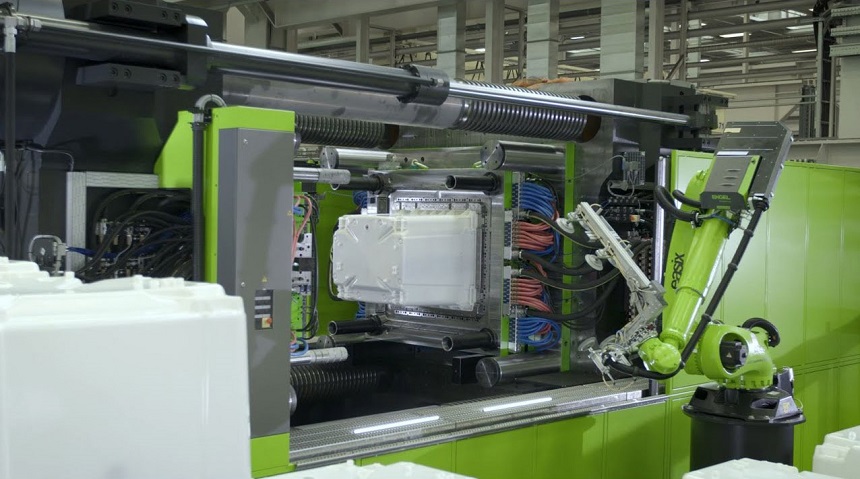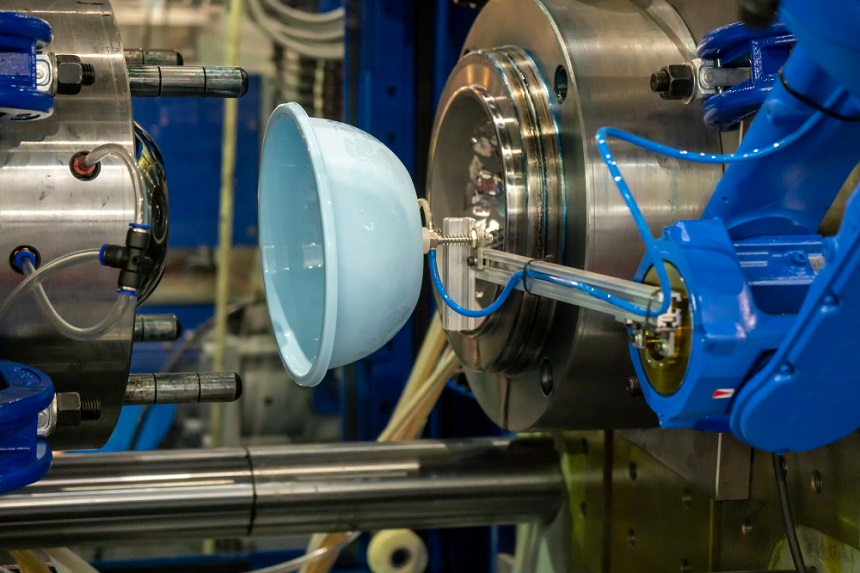The Importance of Proper Cooling in Plastic Injection Molding: A Comprehensive Guide

Plastic injection molding is a widely used manufacturing technique that involves injecting molten plastic into an injection mold to create a desired shape. The cooling process is a critical component of this process and can greatly impact the quality and efficiency of production.
In this comprehensive guide, we’ll explore the importance of proper cooling in plastic injection molding, including the impact on part quality, cycle time, and production efficiency.
1. Impact on Part Quality
Proper cooling is essential to ensure that the plastic part produced by injection molding is of high quality and free from defects. If the cooling is not sufficient, the part may warp or shrink, leading to a decrease in dimensional accuracy and part functionality. Additionally, improper cooling can lead to surface defects such as sink marks or warpage.
2. Impact on Cycle Time
The cycle time for plastic injection molding is the total time it takes to produce a part, including filling, cooling, and ejection. Proper cooling can greatly impact the cycle time by reducing the amount of time required for the plastic to solidify and cool. This can lead to faster production times and increased efficiency.
3. Impact on Production Efficiency
Proper cooling can also impact the overall efficiency of plastic injection molding production. By reducing the cycle time, the production rate can be increased, leading to greater output and reduced costs per part. Additionally, proper cooling can reduce the amount of scrap and rework required, further increasing efficiency.

4. Methods of Cooling
There are several methods of cooling used in plastic injection molding, including direct cooling, indirect cooling, and internal cooling. Direct cooling involves the use of water channels directly in contact with the mold surface, while indirect cooling involves the use of a separate cooling medium such as air or oil. Internal cooling involves the use of conformal cooling channels embedded within the mold. The selection of the cooling method will depend on factors such as the part geometry, material used, and production volume.
5. Design Considerations for Proper Cooling
Proper cooling can be achieved through careful design considerations in the plastic injection mold design. The cooling system must be designed to provide even cooling throughout the mold and should be optimized for the specific material used. Additionally, the location and size of the cooling channels must be carefully considered to ensure proper cooling of the part.
Conclusion
In summary, proper cooling is essential for achieving high-quality plastic parts in injection molding production. It impacts part quality, cycle time, and production efficiency. By selecting the appropriate cooling method and designing the mold with proper cooling considerations, the benefits of proper cooling can be realized. At PTMS, we specialize in plastic injection molding and can help you achieve optimal results in your production. Contact us today to learn more.
